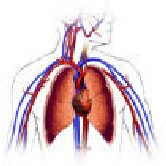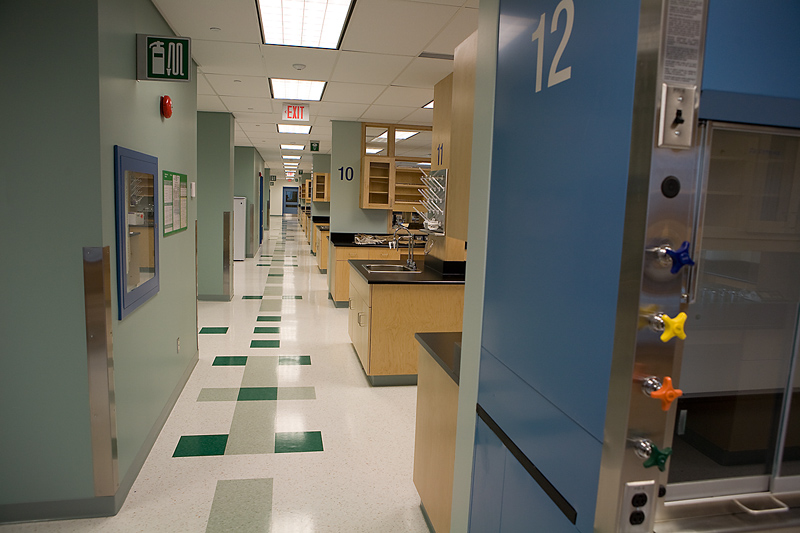
WEDNESDAY, Feb. 2 (HealthDay News) — Scientists say they have devised a process to create ready-made, easily stored blood vessels that may potentially be used for patients undergoing heart surgery or kidney dialysis.
Using donor tissue cultured on biodegradable tube-shaped frames called scaffolds, researchers spent more than five years engineering the “off-the-shelf” blood vessels, which cannot be rejected by patients’ immune systems and are resistant to infection or clotting. The bioengineered vessels can be refrigerated long-term in a saline solution.
The study was conducted in baboons and dogs by scientists from Duke, East Carolina and Yale universities, along with Humacyte Inc., a private company based in Durham, N.C. that develops products for vascular disease and soft-tissue repair.
“We’re very encouraged by the results,” said study author Shannon Dahl, who is co-founder and director of scientific operations at Humacyte. “This type of technology has the potential to help more than 500,000 patients each year. The next step is to lay the groundwork . . . that can bring this to the clinic.”
While engineered blood vessels can be grown using patients’ own cells, the process can take nine months or longer, making it unfeasible for those needing more immediate heart bypass surgery, which is performed in the United States about 400,000 times each year. Doctors can also graft veins from other body areas, particularly the legs, but the ready-made vessels can help those whose veins are unsuitable, Dahl said.
Additionally, the bioengineered veins can be made in sizes large enough to use in kidney dialysis patients, half of whom lack the healthy vessels needed for bloodstream access to dialysis machines and receive grafts made of infection- and obstruction-prone synthetic material, according to the study, reported in the Feb. 2 issue of Science Translational Medicine.
According to the National Kidney Foundation, about 320,000 Americans depend on regular dialysis treatments to remove waste products from their blood because of kidney failure.
“I think this is a very nice example of translating a scientific advance into a clinical application in an area in which we have a very large patient population,” said Gordana Vunjak-Novakovic, a professor of biomedical engineering at Columbia University in New York City and director of its Laboratory for Stem Cells and Tissue Engineering.
“What they offer now is essentially making a piece of native vessel without adverse effects on the patient,” Vunjak-Novakovic said. “It’s almost like a medical device, providing a really native-looking and native-functioning vessel.”
Dahl and her team produced 37 vascular grafts using smooth muscle cells of 19 human donors. Once the blood vessels were fully formed, detergent was used to strip the muscle cells away, ensuring they would not cause an immune response in transplant recipients.
The vessels were then implanted in baboons and dogs during coronary artery and carotid artery bypass surgeries, where they experienced low rates of complications and became similar to the animals’ natural arteries over several months. When the vessels were removed for examination, there was no evidence of fibrosis or thickening of the vessel walls.
Dahl said the ability to create large supplies of ready-made vessels from a cell bank will someday lead to lower production costs for each vein segment. She said she could not speculate on what those costs might be, however, or when the veins will be tested in humans.
“But the approach we’re using is quite unique,” Dahl said. “We use large banks of cells, where many approaches to tissue engineering are focused on one patient at a time. So, the approach we use offers an economy of scale.”
Vunjak-Novakovic said she believes it might be only several years before the vessels could be available to patients.
“Now they need to do the next step — study them in humans,” she said. “But I don’t think any major, critical problems are left. It’s very promising.”
More information
For more about tissue engineering, visit the National Institute of Standards and Technology.

